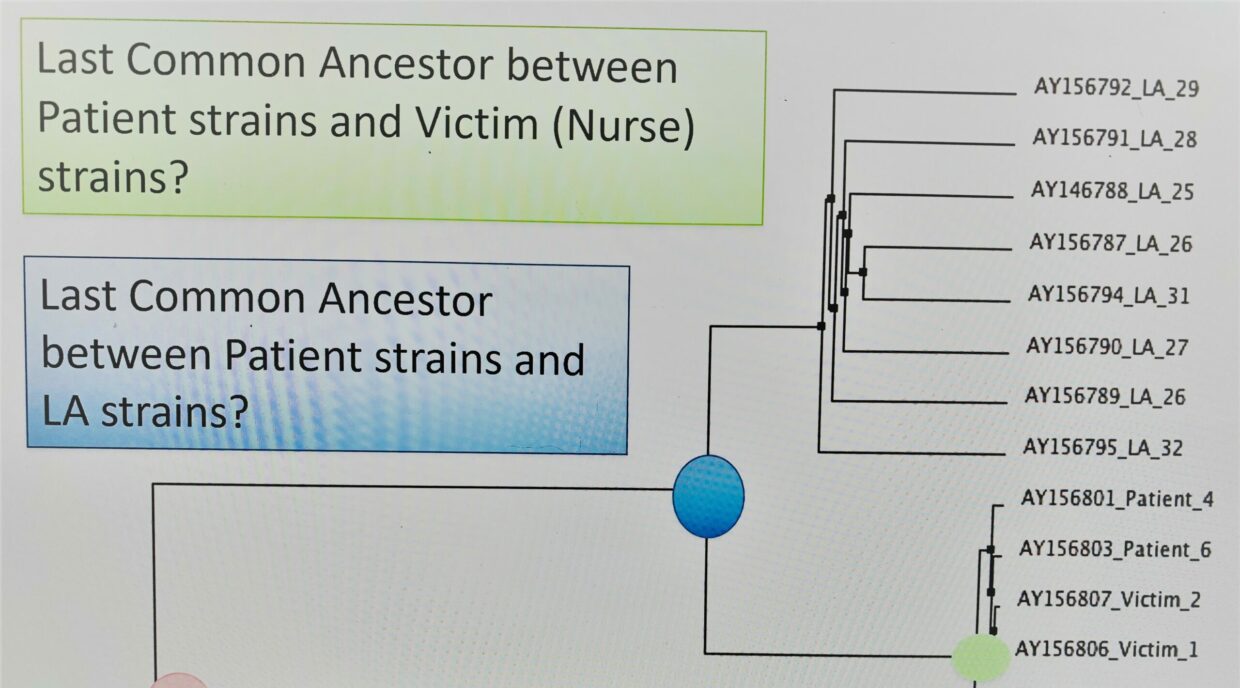Ann’s project aimed to keep students engaged and curious with using a real court case as a part of phylogenetic tree building exercise, and to connect relevancy of everyday life in STEM education K-16. The driving question was: Can a real court case study be used to engage students in K-16? At Thompson Rivers University, this real court case study has been used in the undergraduate BIOL 4130 Molecular Evolution course. Although Ann has always taught this course face-to-face, the approach lends itself well to face-to-face, online and hybrid teaching.
I found that students were very good at and receptive in regards to learning and using related software and technology to build phylogenetic trees as assigned in the case study. By using the actual court case and relevant real-world story, the designed case study evidently enhanced students’ learning and engagement.
Ann Cheeptham
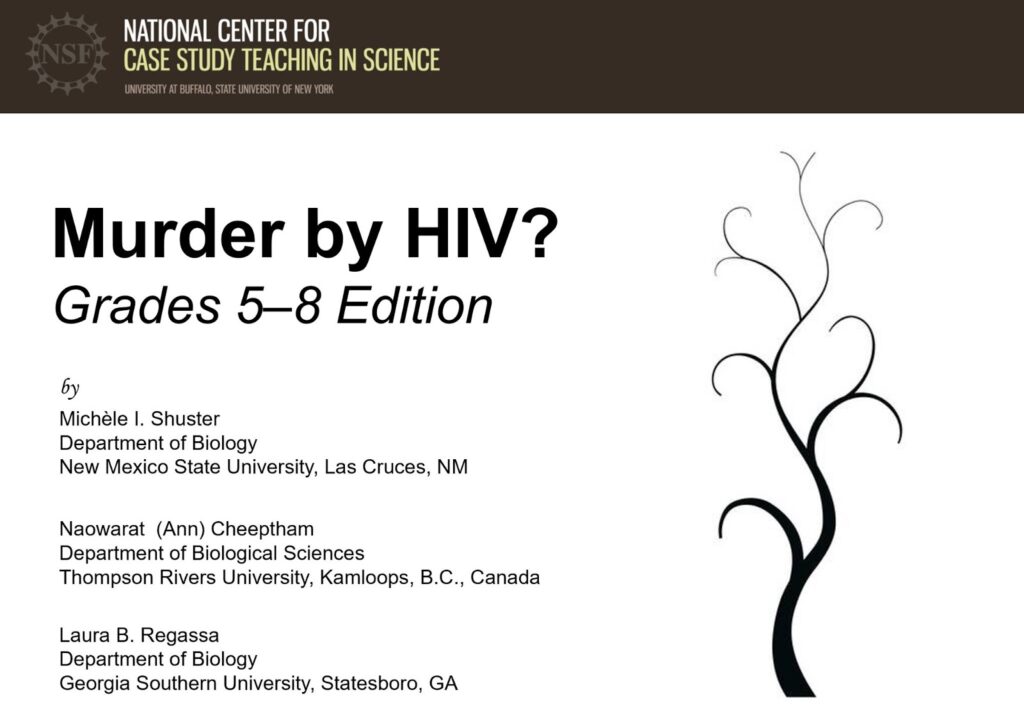
BIOL 4130 Molecular Evolution Course Description:
This course focuses on how DNA sequence information is applied in an evolutionary context. Bacteria and fungi are used as paradigms to demonstrate how molecular evolution plays a role in various organisms. The areas of molecular evolution, genetics, symbiosis, microbial geochemistry variation and evolution, and examination of patterns and processes of sequence evolution are explored. Methods from molecular biology that are tied into microbial evolution are also discussed. The basis of the research topics is open, with the main focus on several levels of biological organization, in particular bacteria and fungi. In this course, students gain an understanding of how evolutionary history is reflected in an organism’s heritable information storehouse. To students, this course demonstrates the relations amongst molecular evolution, genetics, symbiosis, microbial geochemistry variation and evolution. Students learn to examine the patterns and processes of sequence evolution in particular microbial evolution using molecular biology as a methodological basis.
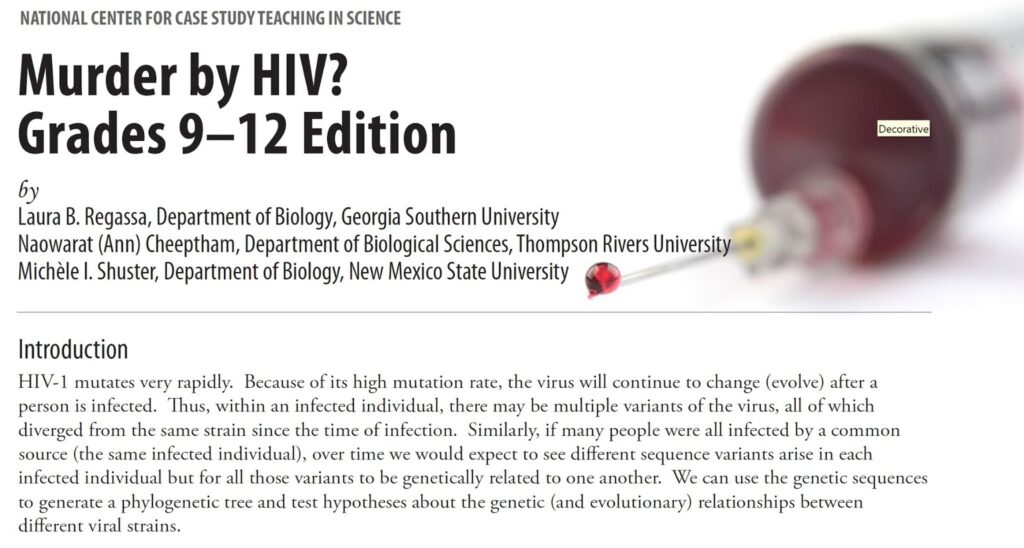
This is a course for upper level students and Ann has designed it so that the amount of lecturing is limited and students are evaluated through their seminar participation, case study assignment, group work, presentations, term papers, and final examination. There is no midterm exam for this course. In Winter 2017, Ann adopted a new textbook that she really liked and has found it to be the most appropriate one for the course. The book has a very good flow of topics and it uses a number of case studies which are well aligned with her student/interactive-based approach.
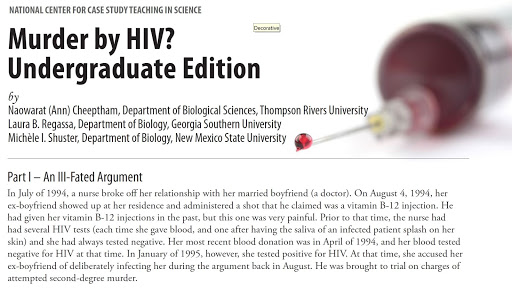
The Murder by HIV case study and exercise have continued to be used in this course. Ann finds students like this exercise and she is often surprised by how creative and innovative the students are when they create their own case study assignment after learning about Murder by HIV court case. This Murder by HIV exercise was developed by Dr. Laura Regassa of Georgia Southern University, Dr. Michèle Shuster of New Mexico State University and Ann during the 2009 American Society for Microbiology (ASM) Biology Scholar Program (BSP) institute into this course. The exercise was integrated into Ann’s course in the Fall of 2009 and, after tweaking and piloting the exercise for some time, the case study was later published and deposited as a case study in the National Case Study database at University of Buffalo. It was a real murder case that occurred in Louisiana State a number of years back and bioinformatics were used as a tool to solve the case. This exercise is designed so that students can work in groups and have hands-on experience of using different bioinformatic software programs to make a phylogenetic tree of the genetic profiles of the virus from the murder victim and solve the identity of the murderer.
From my repeated observation over the years this case study was used in the Molecular Evolution classes, I found that this in-class activity has led students to a very creative place as their own resulted and submitted case studies have continuously shown.
Ann Cheeptham
Each year, Ann’s students keep surprising her with their imagination and quality of the work (their own case study) they submitted after using this Murder by HIV real court case study to learn how genetic information through sequencing can be used to find not just the real murderer but also to help build phylogenetic trees so relationships between and amongst organisms can be interpreted. Ann has noticed that students love the case study and exercise. A bonus is that she loves teaching this case study and marking their assignments! Below are some examples of students’ work over the years. Students’ names, and other identities have been anonymized.
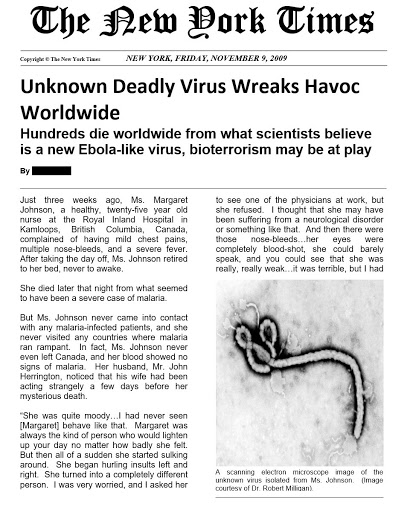
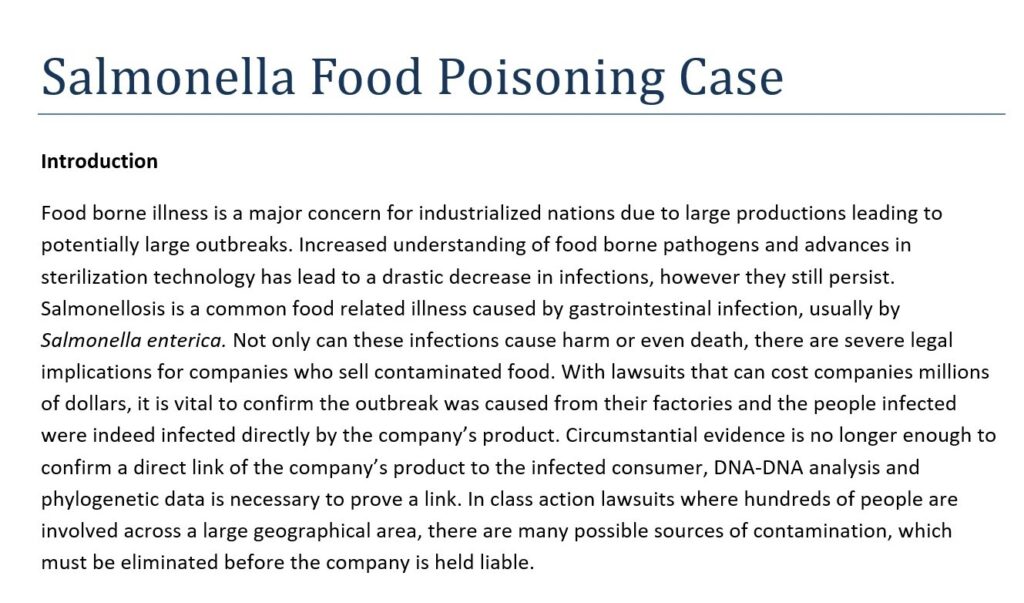
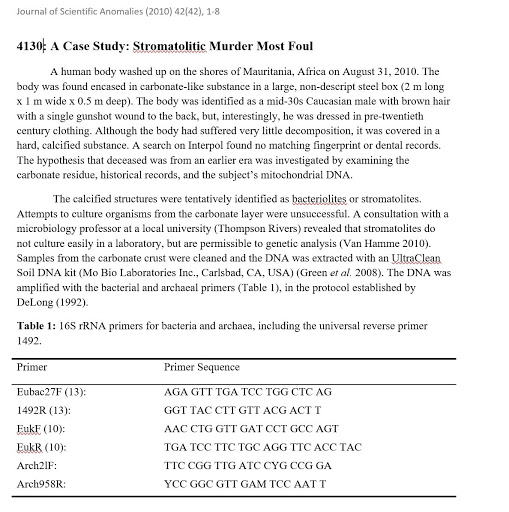

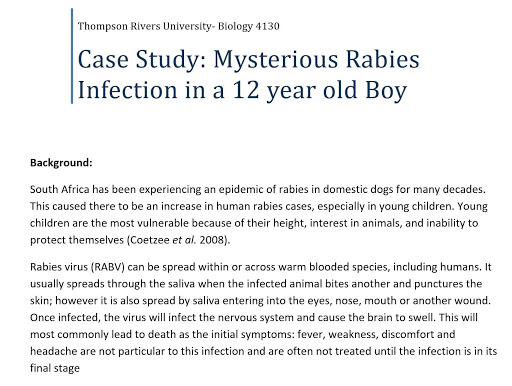
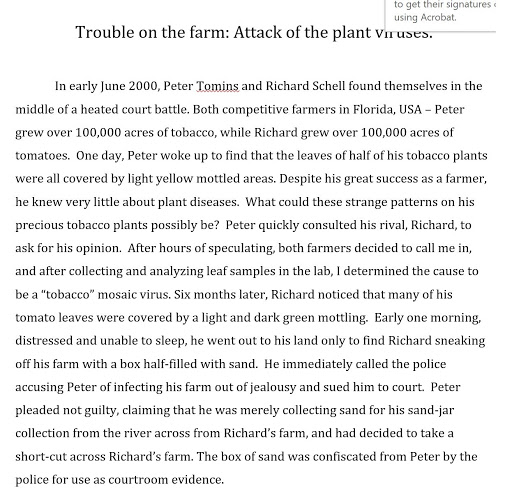
Challenges:
National Center for Biotechnology Information (NCBI) update/sequencing information changes very quickly. Although Ann created this course from scratch, she has found it challenging when trying to keep up with the fast-growing applications that arise from using molecular genetic techniques to solve and answer questions where we are from and where we are heading in terms of molecular evolution. Ann thinks that, in a way, it is a good challenge, as she has more and most updated information all the time.
